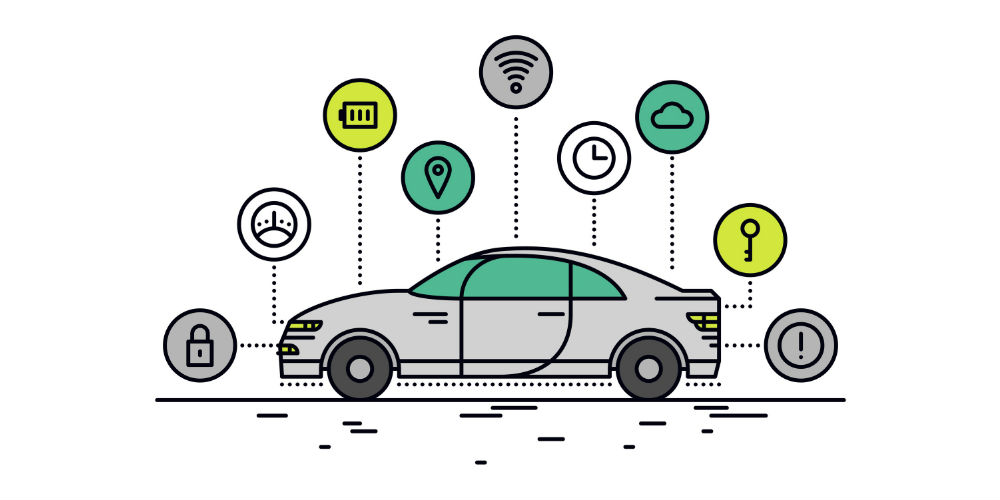
The way people use private hire taxi services has changed in cities and towns across the world. Passengers no longer order taxis via telephone call only and payments are not just made by cash. There are many different app companies that have revolutionised the way we pre-book a taxi, Uber being the most well-known example. Being able to pre-book a taxi through a smartphone has been available to consumers for a number of years now and many traditional cab drivers in the industry have criticised these practices. Meanwhile, millions of others have seen this as a gateway into the profession with considerably less effort.
The rapid changes that have taken place over the past decade has even meant that the private hire insurance sector has had to rethink what is included and excluded within a standard policy. The main driving factor behind all these transformative changes is technology. As a result, the customer service experience when using a taxi has improved vastly.
Even though evidence suggests that taxi-booking apps like Uber are shifting consumer behaviour, many passengers still prefer to choose their local private hire taxi operator. But, at the same time, they expect the convenience that these new technologies offer them.
Ride-hailing apps account for less than 4% of all kilometres driven globally, although this figure is predicted to increase to more than 25% by 2030, according to research by Morgan Stanley.
The taxi industry continues to be transformed as more and more private hire operators start to automate their processes e.g. accepting bookings through smartphone apps and electronic payment methods. Independent private hire taxi drivers benefit greatly from these digital requests, giving them greater optimisation in their work. The technology even allows them to compete with pure taxi app operators in a much more efficient manner.
Here are the three key digital technologies that enable traditional taxi firms to compete in the current market.
1. Dispatch software
Many years ago, drivers and telephone operators would use two-way radios to communicate with one another. Jobs would be assigned manually to the ‘nearest’ driver, this was a very slow and inefficient process. Mobile communication, GPS tracking and a number of internet technologies have revolutionised the booking and dispatch process in taxi operation management.
Modern dispatch software is far more sophisticated and allows the management of customer bookings, scheduling, routing and tracking, accounting, driver comms and reporting just to name a few. There is further integration with channels customers use to book a taxi journey such as apps, websites and even telephone calls.
These tools allow the system to make rapid decisions and plan and forecast future income and potential growth through data analytics. Furthermore, cloud-based pricing models also allow private hire taxi companies to grow and scale their operations without requiring significant sums of capital investment, a common industry norm in years past.
2. Driver application
A driver app is now a tool many in the taxi profession cannot live without. It handles a lot more than receiving dispatched jobs and GPS navigation. Smart technology has brought together multiple capabilities in one convenient device; the smartphone. No more radio installations. The entire process before starting work, during work and on completion can now be handled through this one device.
The driver app helps taxi drivers improve their own efficiency as they can quickly identify where there is work available, reducing fuel consumption and wasted time. Drivers have the ability to accept or reject a job based on their current location. Some apps even allow workers to view their current performance and earnings directly.
The level of software sophistication can vastly improve the customer service experience, in addition to helping private hire drivers improve their earning potential.
3. Automated telephone system
Consumer facing businesses have been deploying automated phone answering systems for more than 30 years. Banks are perhaps the most common use case example of this. Customers have become accustomed to these whether they need help with a query or simply want to book an appointment. This is also sometimes referred to as an IVR (Interactive Voice Response) system. In the world of taxis, this technology would automate telephone contact between a passenger and dispatch system.
Even though most private hire taxi firms want to improve the customer experience, there is a challenge; business owners want to be able to answer every incoming call as soon as possible to ensure that a booking is never missed. Fortunately, modern taxi phone systems have come a long way and should be able to offer both speed and an excellent caller experience simultaneously.
This automated phone system can take a booking and automatically transfer it to the booking and dispatch system. Regular customers’ phone numbers can be recognised and prioritised through the software.
In conclusion, when these three technologies are combined, it will enhance a private hire taxi company’s core capability. Passengers will benefit from the greatly improved customer service experience provided by these platforms as it will be optimised for efficiency.
